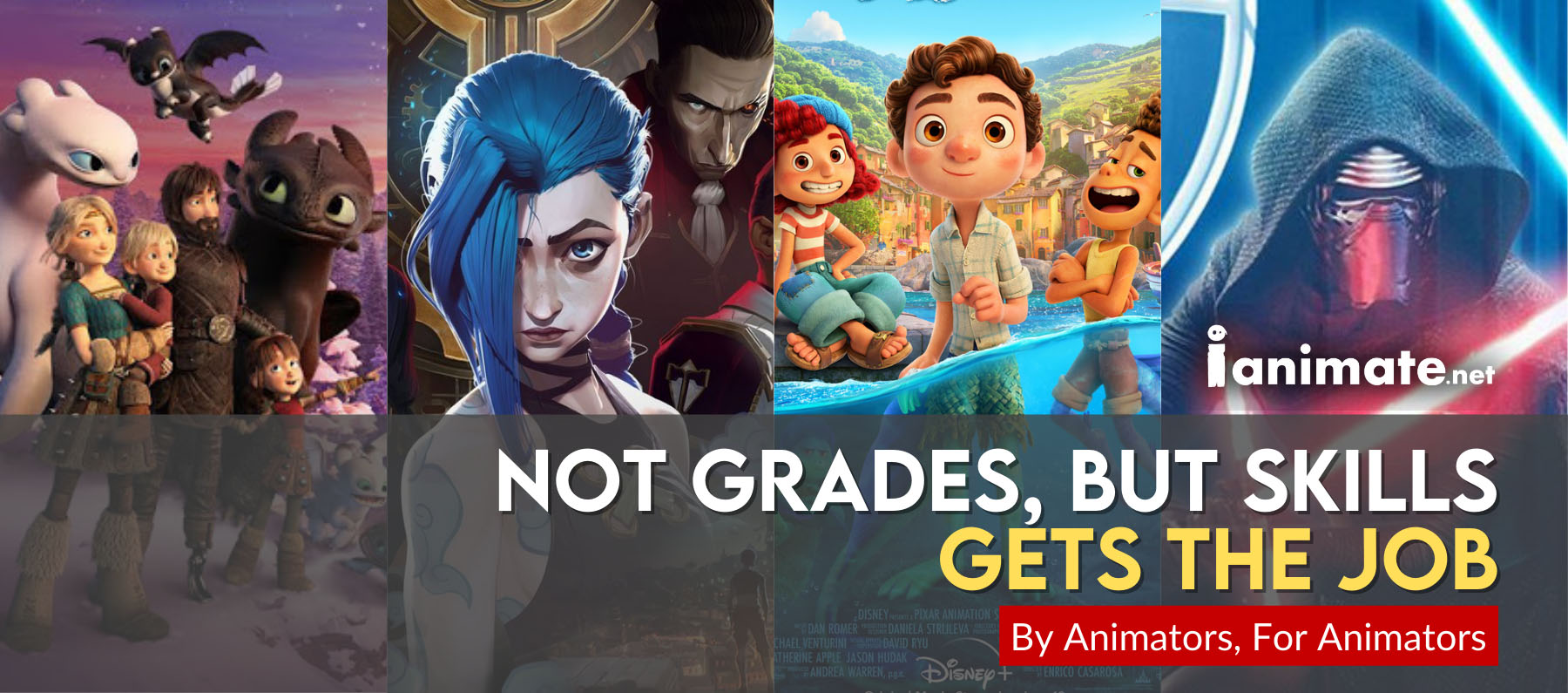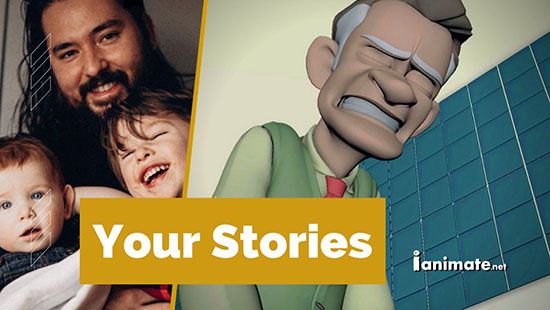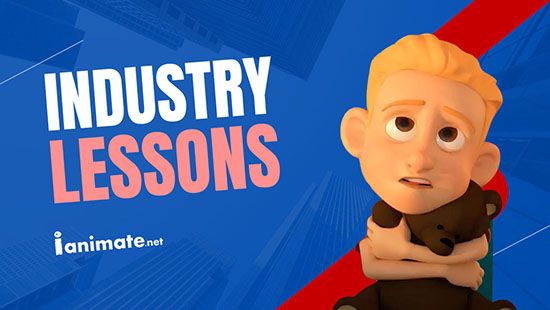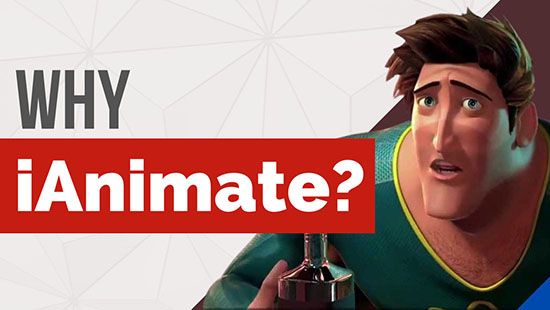Creating an Online Presence as an Animator: Essential Guide
Article by Richard Arroyo & iAnimate
Creating an online presence as an animator isn't just a nice-to-have anymore—it's the digital foundation upon which your entire career will be built. Whether you're fresh out of school or a seasoned professional looking to level up, strategically showcasing your work across platforms is what separates those who get noticed from those who get overlooked. The animation industry has evolved to value not just your technical skills, but also how effectively you can package, present, and promote your unique artistic voice in an increasingly competitive digital landscape.
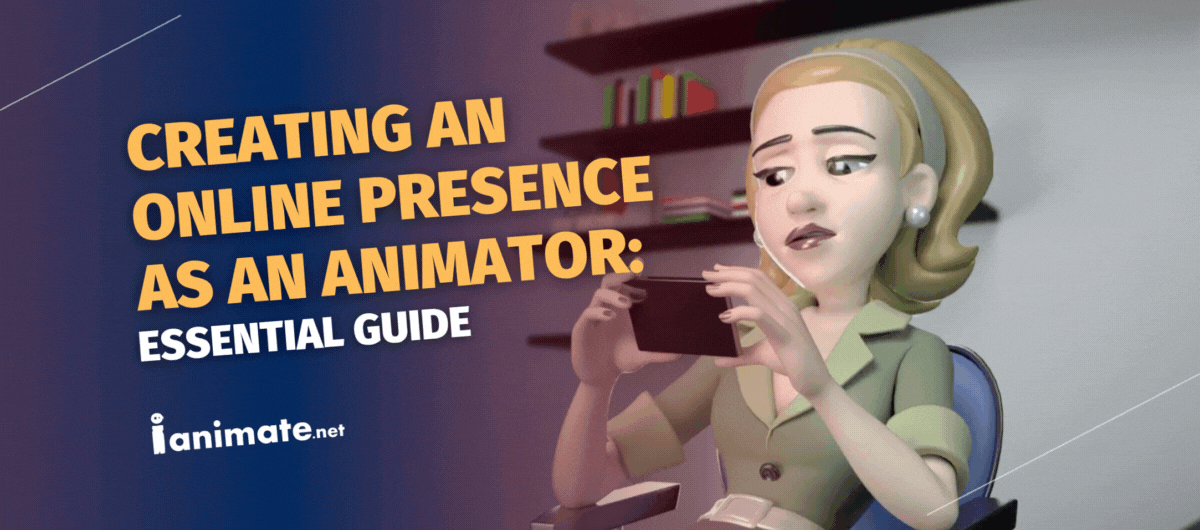
Why Building an Online Presence is Crucial for Your Animator Career
Ever wonder why some animators get noticed right after graduation while others don't? Creating an online presence as an animator isn't optional anymore—it's as essential as learning the software. Your digital footprint is often the first impression studios like Ubisoft or Pixar will have of you.
In today's hyper-connected industry, recruiters scout talent online before job postings even go public. Think about it: When was the last time you got hired without someone checking out your work first? Your online portfolio serves as your 24/7 sales representative, pitching your skills while you sleep.
Animation is visual by nature—if your work isn't visible online, does it even exist to employers? Studios are increasingly skipping traditional hiring processes in favor of discovering talent through social media and portfolio sites.
The days of simply submitting resumes are long gone—directors want to see your animation reels, sketches, and concept art immediately accessible. Many animation professionals at top studios credit their career breaks to strategic online visibility.
Your digital presence also demonstrates crucial professional qualities:
- Consistency in updating your work
- Communication skills are through how you present projects
- Technical adaptability by mastering different platforms
- Industry awareness through your engagement with animation trends
At iAnimate.net, we've seen countless students transform their careers simply by establishing a strong online presence alongside their animation training. Remember: no matter how talented you are, your skills need a digital showcase to reach the people who make hiring decisions.
Creating a Compelling Animator Portfolio Online
Struggling to stand out in a sea of animation talent? Your portfolio is the answer. Creating an online presence as an animator starts with a killer portfolio that showcases what makes your work special. Think of your online portfolio as your digital handshake—it's often the first and only chance to impress.
Your animation portfolio isn't just a collection of work—it's a strategic storytelling tool about your skills and vision. We've reviewed thousands of portfolios at iAnimate.net, and the ones that get job offers have a clear purpose and personality. A strong online animation showcase tells recruiters exactly what kind of animator you are without you saying a word.
The best part? Your portfolio works for you 24/7, reaching studios worldwide while you focus on improving your craft.
What makes a portfolio actually work for you?
- Quality over quantity - 5 amazing pieces beat 20 mediocre ones
- Strategic organization - group work by style, project, or technique
- Clear navigation - make finding your best work effortless
- Personal branding - consistent visual identity across all elements
- Contact info - make it ridiculously easy to hire you
Remember that animation directors and recruiters spend less than 2 minutes on most portfolios. Your demo reel, character designs, and concept art need to grab attention in seconds. When building your animation portfolio, imagine the specific job you want, then curate content that proves you're perfect for it. Many animators make the mistake of including everything they've ever made—don't fall into this trap.
At iAnimate.net, we've seen students land dream jobs with focused portfolios that highlight specialized animation skills. The animation industry values specialists—your online portfolio should clearly show what animation techniques you've mastered. Update your portfolio regularly—stale work suggests you've stopped growing as an animator.
Mastering the Animator Demo Reel for Online Presence
Ever sent out dozens of reels without hearing back? Let's fix that. Creating an online presence as an animator hinges on a knockout demo reel that makes recruiters hit pause and rewatch. Your showreel isn't just a collection of clips—it's your visual elevator pitch in an industry where every frame counts.
We've reviewed thousands of animation reels at iAnimate.net, and the difference between hired and overlooked often comes down to smart reel decisions. The brutal truth? Most hiring managers decide within 30 seconds if they'll watch your entire reel.
The golden formula for a job-winning animation reel:
- Length: Keep it tight at 1:30-2:30 minutes maximum
- Opening: Your absolute best work goes first (you have 10 seconds to hook them)
- Closing: Second-best work goes last (leave them wanting more)
- Identification: Your name and contact info at the beginning AND end
- Focus: Show only the work that represents the job you want
Your animation demo reel should highlight your specialty, whether it's character animation, effects, or motion graphics. Including "work in progress" shots can actually impress recruiters—they love seeing your animation thought process. Don't waste precious seconds on fancy transitions or lengthy title sequences.
Music choice matters—keep it neutral or skip it entirely to avoid distracting from your animation. The technical quality of your reel speaks volumes—proper rendering, appropriate resolution, and smooth playback are non-negotiable. When crafting your reel for online platforms, remember that different sites have different requirements and audiences.
At iAnimate.net, we teach students to create platform-specific versions of their reels for maximum impact. The animation demo reel that lands you a job at Pixar looks different from one that gets you hired at a game studio. Update your reel every 6-12 months to showcase your growth and keep your animation skills current.
Key Platforms to Establish Your Animator Presence
Feeling overwhelmed by all the places you could showcase your work online? Let's make it simple.
Creating an online presence as an animator means being strategic about which platforms you prioritize.
The animation industry has specific hangouts where recruiters scout for talent, and they're not always the obvious ones. Your digital footprint should cover both portfolio sites and social platforms where animation communities thrive.
Must-have platforms for serious animators:
- ArtStation - The industry standard for animation portfolios
- Vimeo - Where animation professionals post high-quality reels
- LinkedIn - Critical for connecting with studios and recruiters
- Instagram - Perfect for animation process videos and shorter clips
- Personal website - Your digital home base that you fully control
Don't try to be everywhere at once—you'll burn out and your animation quality will suffer.
We've found that students who master 2-3 platforms get better results than those spreading themselves thin. Animation directors often check multiple platforms to see if your work is consistent across all of them.
- Tiktok - https://www.tiktok.com
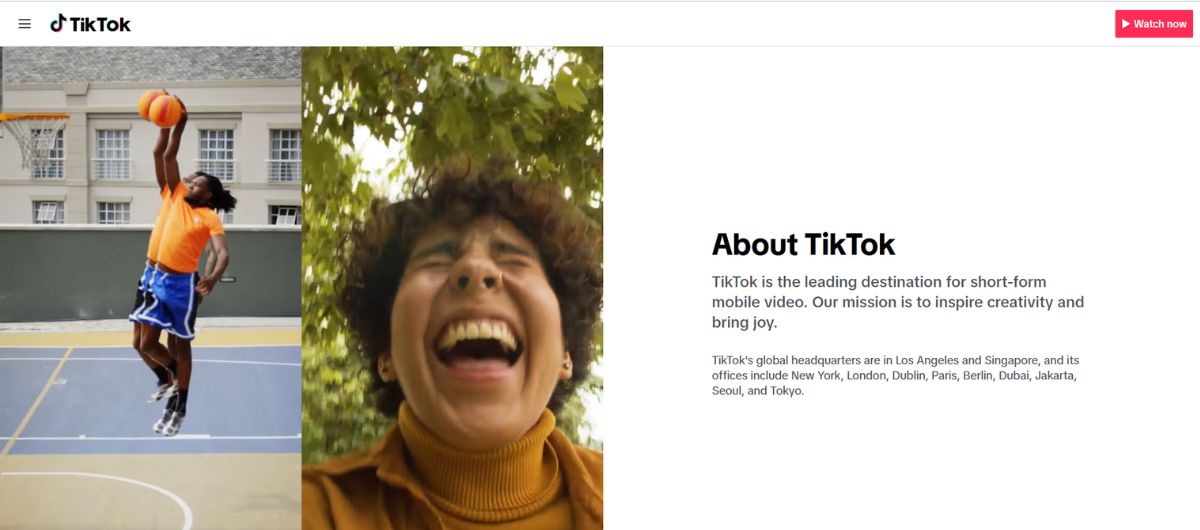
TikTok is surprisingly becoming a legitimate discovery platform for animation talent with unique styles.
- Discord - https://discord.com
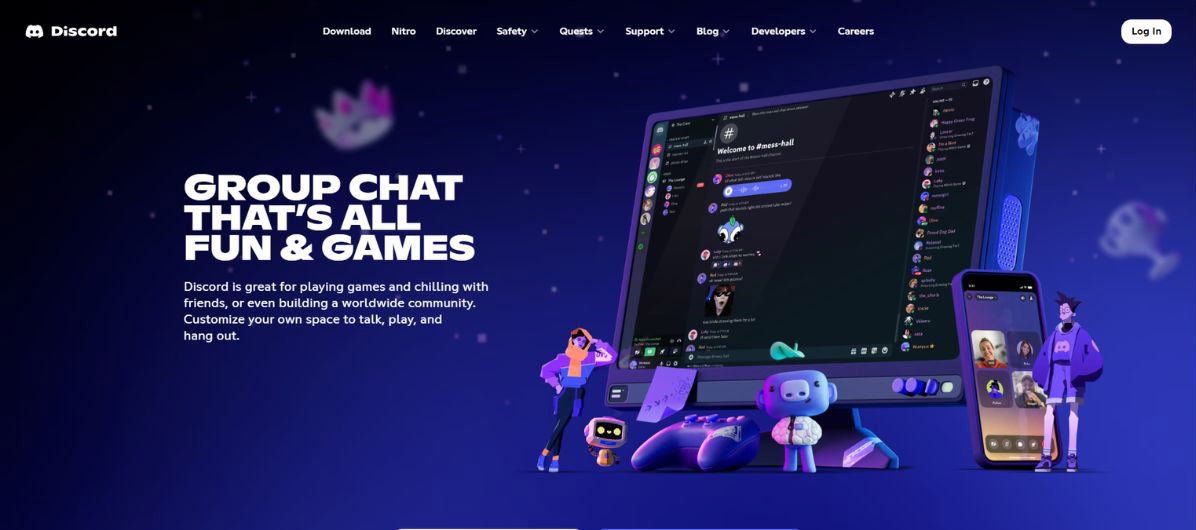
Discord communities have become essential networking spaces where animators share feedback and job leads.
- YouTube - https://www.youtube.com
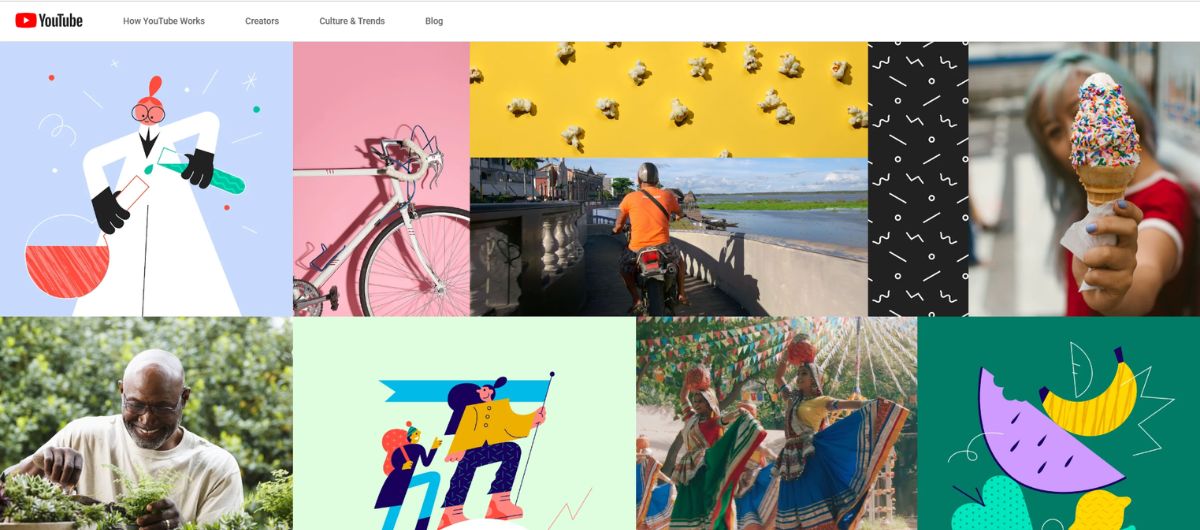
YouTube works well for animation tutorials and longer format work that showcases your process.
- Behance - https://www.behance.net/
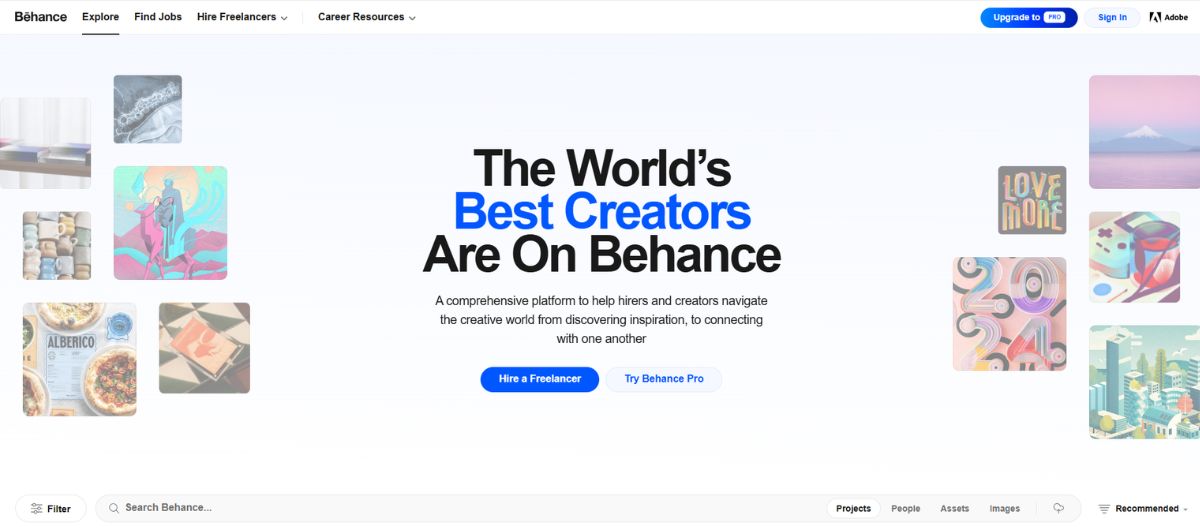
Behance connects you with the broader design community where animation is increasingly valued.
The key isn't just having profiles on these platforms—it's actively engaging with the animation community on each one. Consider joining animation-specific groups on platforms like Facebook, where hiring managers often post opportunities. Your platform strategy should evolve as your animation career develops—what works for students isn't always right for professionals.
Engaging and Networking Effectively Online
Ever wonder why some animators with decent skills get all the best gigs? It's who they know. Creating an online presence as an animator is only half the battle—you need to actually connect with humans on the other side of the screen. The animation industry runs on relationships, and digital networking is now the primary way these connections form.
Even the most stunning portfolio won't get you hired if nobody sees it—engagement brings eyeballs to your work. We've watched countless iAnimate.net students land dream jobs not because their work was miles better, but because they mastered the art of genuine online connection.
Networking strategies that actually work for animators:
- Comment thoughtfully on work you admire (not just "cool animation!")
- Share your process through works-in-progress and breakdowns
- Ask smart questions in animation communities (shows you're thinking deeply)
- Offer helpful feedback to peers (establishes you as knowledgeable)
- Respond promptly to messages (professionalism matters)
Animation directors often hire people they already know through online interactions—it feels less risky than hiring a stranger. Remember that networking isn't just about finding job openings—it's about being part of the animation ecosystem. Many animation jobs never get publicly posted because they're filled through recommendations.
Your online engagement style says as much about you as your animation skills—studios watch how you interact with others. Digital networking works best when it's consistent, rather than desperate when you need a job. Animation communities can smell insincerity from miles away—only engage when you have something genuine to contribute.
The relationships you build while creating your online presence as an animator can lead to collaborations that elevate your work. At iAnimate.net, we've seen how peer feedback networks often evolve into professional opportunities years later.
Top 5 FAQs About Creating an Online Presence as an Animator
1: How long should my animation demo reel be to get noticed by studios?
Your animation demo reel should be between 1:30-2:30 minutes maximum. Industry professionals have limited time and short attention spans when reviewing reels. Put your absolute best work first (within the first 10 seconds) to hook viewers immediately, and your second-best work at the end to leave a strong final impression. Quality always trumps quantity—a concise reel with excellent work will be more effective than a longer one with filler content.
2: Which online platforms are most important for animators to showcase their work?
The most critical platforms for animators are:
- ArtStation (industry standard for portfolios)
- Vimeo (preferred by professionals for high-quality reels)
- LinkedIn (essential for industry connections and recruitment)
- A personal website (your controlled hub)
- Instagram (great for process videos and animation clips)
Focus on mastering 2-3 platforms rather than spreading yourself too thin across many. Each platform serves different purposes in your animation career development.
3: What should I include in my animation portfolio to maximize job opportunities?
Your animation portfolio should include:
- A curated selection of your best work (quality over quantity)
- Work that specifically targets the roles you want
- Clearly organized sections by technique, style, or project
- Your specialized skills that differentiate you from other animators
- Easy-to-find contact information
- Regular updates showing your growth and current abilities
Tailor your portfolio to showcase your animation specialty rather than trying to demonstrate everything you can do.
4: How often should I update my online animation portfolio and social media?
You should update your animation portfolio with new work every 3-6 months at minimum. For social media platforms, consistency is key—posting regularly (weekly or bi-weekly) is better than posting in unpredictable bursts. Update your demo reel annually or whenever you complete significantly improved work. Stale portfolios signal to employers that you may have stopped developing your skills or aren't actively seeking opportunities.
5: How do I effectively network online as an animator to improve job prospects?
Effective online networking for animators includes:
- Engaging meaningfully with other animators' work through thoughtful comments
- Sharing your animation process and behind-the-scenes content
- Actively participating in animation communities on Discord, Facebook groups, or forums
- Offering constructive feedback to peers
- Responding professionally to all communications
- Maintaining consistent engagement rather than only networking when job-hunting
- Building relationships with animators at all career levels, not just those who can hire you
Remember that many animation jobs are filled through recommendations, making your network as valuable as your skill set.
